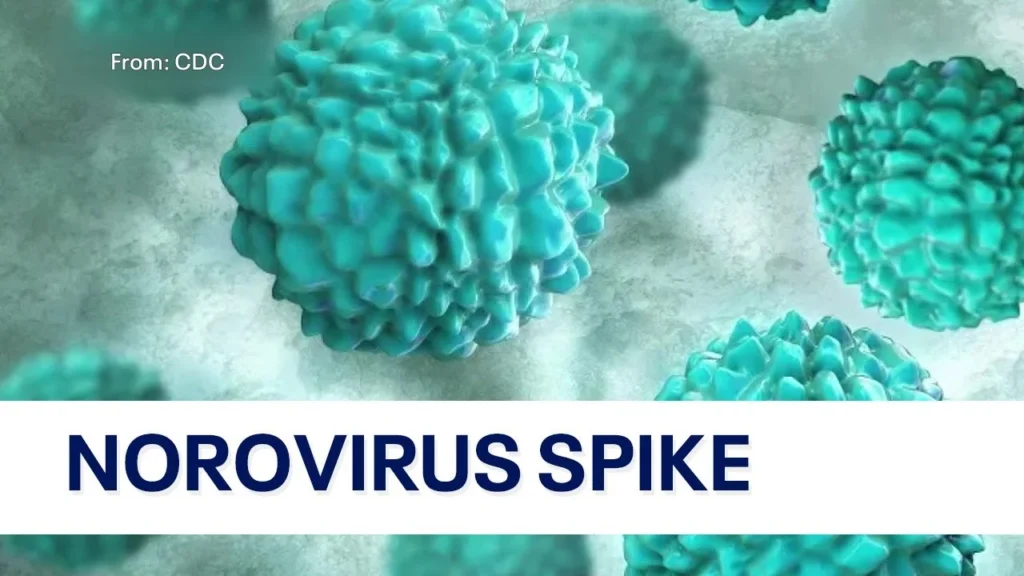As cases of norovirus surge in the Northeastern United States, a concerning trend has emerged, raising alarms among health officials. Norovirus, often colloquially termed as “stomach flu” or “stomach bug,” has become a prevalent health concern, as reported by the Centers for Disease Control and Prevention (CDC).
Norovirus, a highly contagious pathogen, spreads rapidly through minuscule particles of fecal matter or vomit, manifesting in debilitating gastrointestinal symptoms. The CDC underscores the severity of this virus, highlighting its ubiquitous nature and the susceptibility of individuals to its infectious grip.
Understanding the Surge: Norovirus Outbreaks in the Northeastern U.S.
Recent data from the CDC paints a troubling picture, indicating a significant uptick in norovirus cases. In the week concluding on Feb. 17, over 12% of conducted tests returned positive for the virus, marking a notable escalation from preceding weeks. Particularly alarming is the disproportionate impact witnessed in the Northeast, where positivity rates have soared beyond 16%, underscoring the urgency of addressing this public health crisis.
Andy Murray’s Last Dance: A Quest for Olympic Glory at Paris 2024
What sets norovirus apart is its rapid onset and diverse symptomatology, making it a formidable adversary in the realm of infectious diseases. Acute gastroenteritis, characterized by severe inflammation of the stomach and intestines, manifests in a spectrum of distressing symptoms. From debilitating diarrhea and incessant vomiting to pervasive nausea and agonizing stomach pains, norovirus leaves no aspect of gastrointestinal health untouched.

The Thaumaturge: Exploring the Realm of Supernatural Mastery
Beyond the primary symptoms lie secondary manifestations, including fever, headache, and body aches, further compounding the ordeal for afflicted individuals. The CDC elucidates that the onset of symptoms typically occurs within 12 to 48 hours post-exposure, with recovery expected within 1 to 3 days for most individuals. However, the insidious nature of norovirus persists even after recovery, as individuals may unknowingly propagate the virus for several days, perpetuating its spread within communities.
In the face of this escalating crisis, understanding the symptoms and transmission dynamics of norovirus becomes paramount. Vigilance, coupled with stringent adherence to hygiene protocols, serves as the cornerstone of mitigation efforts against this relentless pathogen. As communities grapple with the resurgence of norovirus, collaborative action and heightened awareness emerge as indispensable tools in safeguarding public health and stemming the tide of this burgeoning outbreak.
The Thaumaturge: Exploring the Realm of Supernatural Mastery
